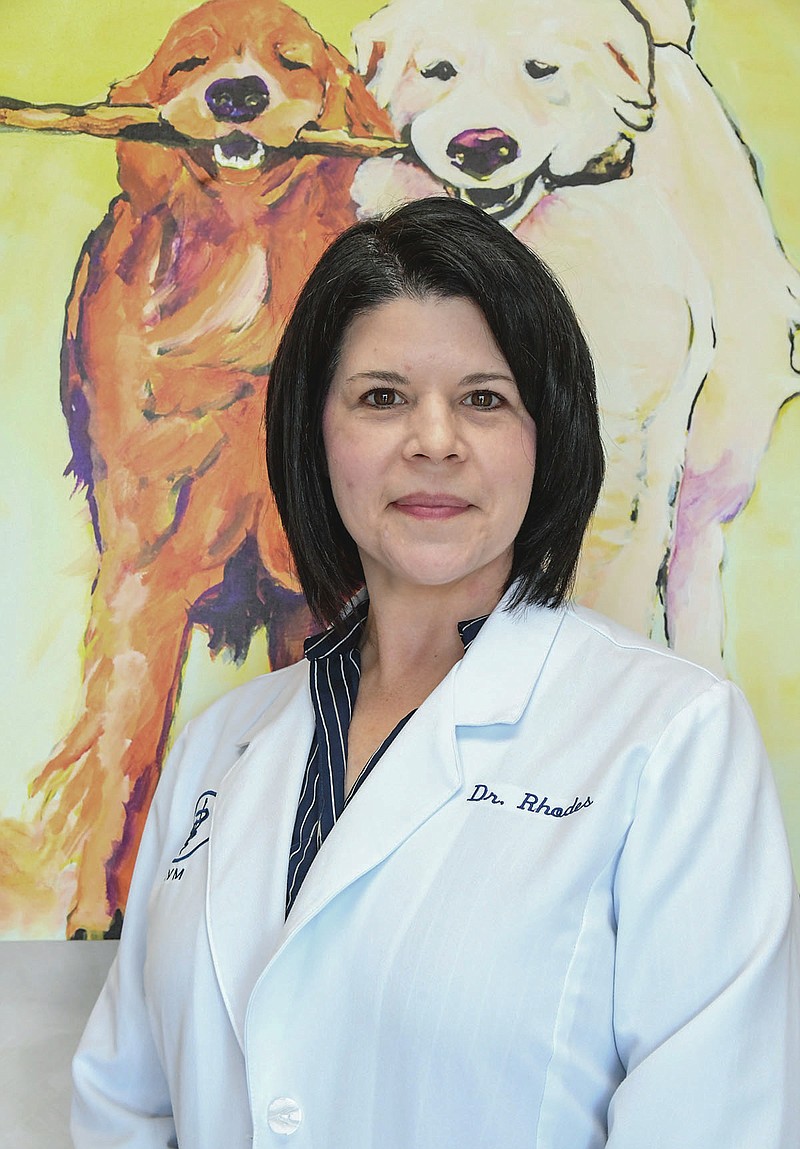Veterinary medicine is an ever-changing field. With new information, new technology, new treatment options, and even a new demographic of veterinarians, the past 20 years that I have witnessed have brought many positive changes to our profession. One of those improvements is within our understanding of animal psychology and behavior. The American Board of Animal Behavior was founded in 1986, and there are currently only 86 veterinarians in the U.S. who are board-certified veterinary behavior specialists. So, much of what we know about animal behavior and our appropriate responses and therapies is new information in our field.
Since that time, efforts are being made to reduce the fear and anxiety animals may feel during a trip to the vet's office. Gone are the days of wrestling and fighting dogs and cats into submission at the vet's office. We now utilize gentler techniques for restraint, anxiety medications for animals who are not keen to be examined or treated, quieter environments, pheromone therapies, even therapeutic music selections to make the experience more positive for "scaredy cats" and dogs.
Training for veterinary visits begins during puppy/kittenhood. Acclimating your 'lil guy or gal to a leash or kennel, to car rides, and to new places and people will accomplish half of our goal. I always offer that new babies can be brought by any time for "happy" visits -- pats and treats to make our office a place they look forward to coming. You can also help your pet practice their exam by touching their face, feet, ears, tummy, etc. If they are comfortable being thoroughly handled, then they will not be shocked when the exam begins. The above strategies are also helpful if your pet one day requires ear drops, eye drops, medications, nail trims, etc. If they have experience with all of these sensations, they will be less fearful of them.
There are some pets who will remain anxious or fearful regardless of efforts to make them feel more comfortable. How can we help those pets? Because animal anxiety is caused by many different factors, we cannot approach all fearful animals in the same manner. Animals' reactions to stress vary from hiding to aggression; so again, the approach must be tailored to the situation in front of us. For many anxious dogs, slow movements, quiet voices, allowing breaks during the exam, etc., can go far toward a successful visit. Some dogs are less anxious with mom and dad in the room; others do well in a room separate from mom and dad (just like our human children). Some dogs have a threshold of doing well for a short time, and then anxiety increases as the appointment continues. Of course, in this situation, timing is key and we work quickly to allow the dog to relax before we overstay our welcome!
Cats are not just little dogs. They are an entirely different animal, with different physical and emotional needs. We can successfully examine the majority of cats with minimal handling and without "scruffing." If you want to stress a cat out, the quickest way to do so is to allow them to detect your own anxiety by scruffing and rough handling. More often than not, we can easily examine a cat as they sit in their carrier with the lid removed. Though you had to fight them to get them in the carrier at home, at the vet's office it becomes a safe space! Again, quiet voices, slow movements, minimal touching, avoiding direct eye contact are all involved in the cat language of "I do not wish to harm you."
The next time you take your pet to the veterinarian, observe the way he/she approaches your pet. Vets begin assessing animal body language the moment we walk into the exam room. As we chat with you about your concerns, we are also planning the best approach for your animal's exam. If we are slow or cautious, it does not indicate that we fear your animal. Instead, it means we are respectful of their needs and want to create a positive interaction. If your vet recommends medication prior to your pet's next visit, this is truly out of concern for your 'lil pal's stress level.
Plan to work with your vet in making each visit pleasant for you and your animals. Listen to his/her advice and work to be part of the solution. Each negative experience builds on the next. Take your furry family member's emotional needs to heart and help us help them to be at ease with their medical care.
